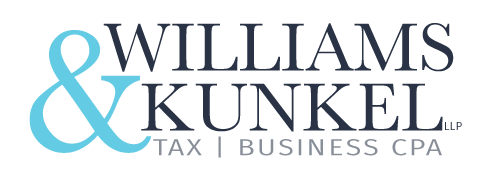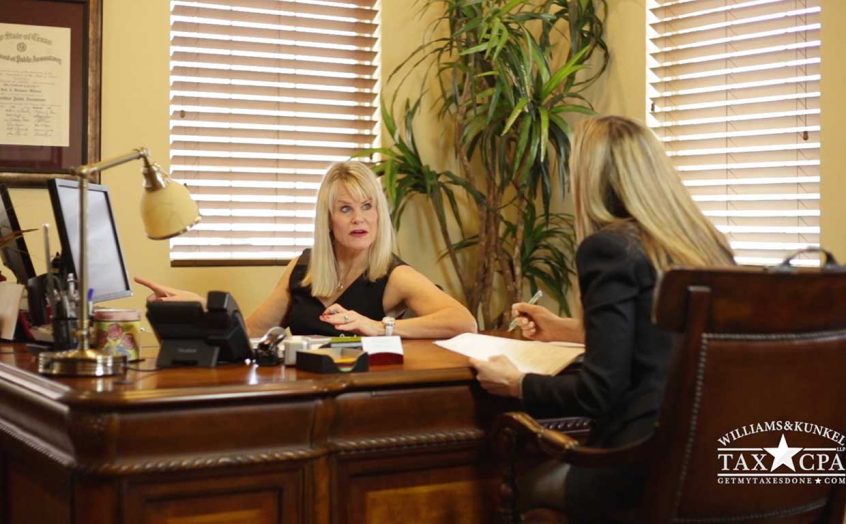The goal of any tax policy should be pretty simple: raise the required revenue to pay for whatever government actually—minimally—needs to do. And the government should do those things as fairly and neutrally as possible. What do the new tax plan changes propose to do and what kind of trends could happen as a result?
The Current Tax System Is A Mess
The outcome, over years and decades of changes and exceptions to the many rules, is we now have a system that no one really gets. We have one that creates all manner of complex, counterproductive incentives. Large parts of our economy, indeed entire industries, exist only because the tax system makes them money. On the flip side, others don’t exist because the tax system makes them unrewarding.
Why do we let this go on? Because, as much as we complain about the tax system, we all get something out of it. Nearly everyone has a vested interest in keeping some part of the current system running. We also fear that any change will only make taxes worse—something that totally makes sense.
The Proposed Tax System Could Be Better
What is being proposed as the new tax system? This is how current lawmakers describe the plan in their own words: Simpler, fairer, and flatter. Jobs and growth. An “IRS that puts taxpayers first.” Sure, all of this sounds great compared to what we have. But how will they achieve these lofty goals?
The Better Way blueprint changes both individual and corporate income tax policies. Highlights for individual and family taxpayers include:
- A three-bracket tax rate schedule with the top rate reduced to only 33%
- Elimination of itemized deductions except mortgage interest and charitable giving
- Larger standard deductions and child/dependent care tax credits
- Streamlining of education tax benefits
- Elimination of the Alternative Minimum Tax (AMT)
- Improved Earned Income Tax Credit (EITC)
- Repeal of the Estate Tax and Gift Tax
Consequences of a Better Way?
Lawmakers haven’t written all the fine rules and details yet, but given the system as proposed, care to guess how many self-employed individuals will manage to have their actual on-the-book W-2 wages drop to under $200,000 and the rest of their earnings become self-employed income?
Again, the tax rate on income for proprietorship and pass-through entities (LLCs, sub-S corporations, and the like) tops out at 25% under this plan. High-earners who aren’t already business owners or contractors will reorganize. Something similar happened with the 1986 Reagan tax reform.
If this presently proposed tax reform passes as it is currently spelled out, a very similar reorganization will happen. By the way, this response is not a bad thing. It’s just something that happens when you change the rules on taxation.
If you need an experienced CPA to help you untangle the new tax rules and regulations, call Williams & Kunkel CPA today in Flower Mound at 972-446-1040 to have a chat.
In addition, you can connect with us to receive updates throughout the business week by following us on Twitter or LinkedIn or liking us on Facebook.
Source: Forbes

